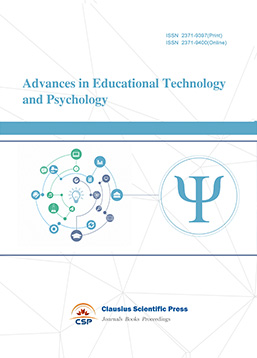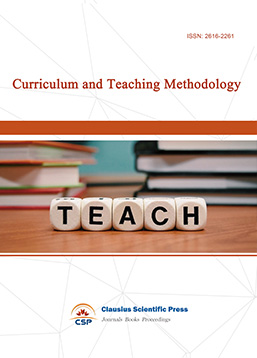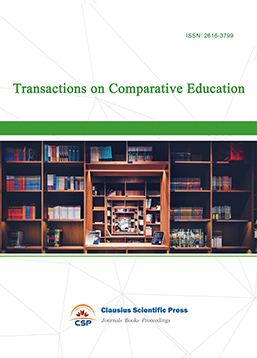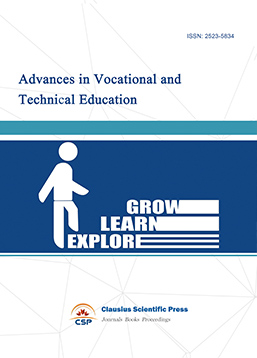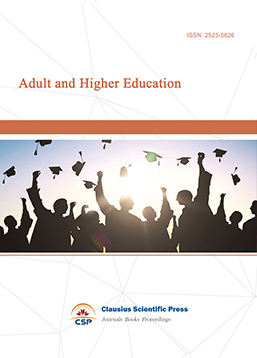Emotional Regulation Deficits and Neurophysiological Mechanisms in Individuals with Autism Spectrum Disorders
DOI: 10.23977/appep.2025.060218 | Downloads: 8 | Views: 349
Author(s)
Li Yangjingyi 1
Affiliation(s)
1 Universiti Malaya, Kuala Lumpur, 50603, Malaysia
Corresponding Author
Li YangjingyiABSTRACT
In recent years, as the pressure of life has increased, the number of individuals with autism spectrum disorders (ASD) has also risen. Research indicates that individuals with ASD often exhibit significant deficits in emotional regulation. Due to physiological issues, these individuals struggle to manage their emotions effectively, which significantly impacts their daily lives. Understanding the relationship between the emotional regulation deficits of individuals with ASD and their neurophysiological mechanisms is a primary goal in clinical treatment. This paper analyzes the emotional regulation deficits in individuals with ASD and explores the causes from a neurophysiological perspective, providing theoretical support for the clinical treatment of ASD.
KEYWORDS
Autism Spectrum Disorder; Emotional Regulation Deficit; Neurophysiological MechanismCITE THIS PAPER
Li Yangjingyi, Emotional Regulation Deficits and Neurophysiological Mechanisms in Individuals with Autism Spectrum Disorders. Applied & Educational Psychology (2025) Vol. 6: 137-144. DOI: http://dx.doi.org/10.23977/appep.2025.060218.
REFERENCES
[1] Duan J, Zeng D, Wu T, et al. Neural Connections and Molecular Mechanisms Underlying Motor Skill Deficits in Genetic Models of Autism Spectrum Disorders.[J].Progress in neurobiology,2025,249 102759.
[2] Rodin, Zhao Chunfeng, Liu Heng. Neuroimaging Characteristics and Genetic Mechanisms of Autism Spectrum Disorders: Current Status and Prospects of Multimodal Data Integration [J]. Magnetic Resonance Imaging, 2024,15(12):160-164+170.
[3] Xiao Le, Ye Xiaoshan. The Neurobiological Mechanisms of Autism Spectrum Disorders [J]. Chinese Journal of Child Health Care, 2024,32(12):1277-1281.
[4] Hu Feifei, Shao Li, Jia Chaojing, et al. Early intervention with the Denver Model of Rehabilitation Behavioral Training for improving social adaptation and emotional disorders in children with autism spectrum disorder [J]. Chinese Journal of Maternal and Child Health, 2024,39(21):4140-4144.
[5] Raja A S, Batool A, Sana M, et al. Exploring the Mechanisms of Neuronal Protection by Glial Cell Line-Derived Neurotrophic Factor in Autism Spectrum Disorder. [J]. Cureus, 2024, 16(10): e70913.
[6] Zhang Jing, Jia Xiangbin, Xia Kun, et al. Genetic etiology and neurobiological mechanisms of autism spectrum disorder [J]. Chinese Science: Life Sciences, 2024,54(11):2051-2067.
[7] Peng Tingting, Sun Yumei. A Review of Emotional Regulation Disorders and Intervention Methods for Children with Autism Spectrum Disorders [J]. Modern Special Education, 2024, (16):55-64.
| Downloads: | 16758 |
|---|---|
| Visits: | 603070 |

 Download as PDF
Download as PDF